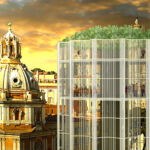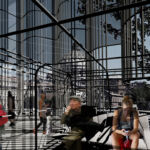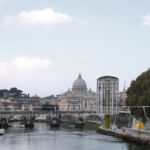Tiber PRT: Sustainable Transit in Rome
Project's Summary
The Tiber Personal Rapid Transit (PRT) project, spearheaded by Zoo Office - architecture and planning, marks a significant leap towards sustainable mobility in Rome. This visionary initiative focuses on transforming the unused river banks of the Tiber River, stretching from the Rome Transtevere RFI station to Piazza del Popolo, into a vibrant transit corridor. The project seeks to alleviate urban congestion and enhance accessibility to key tourist attractions, offering residents and visitors alike a seamless travel experience in the heart of the historic city.
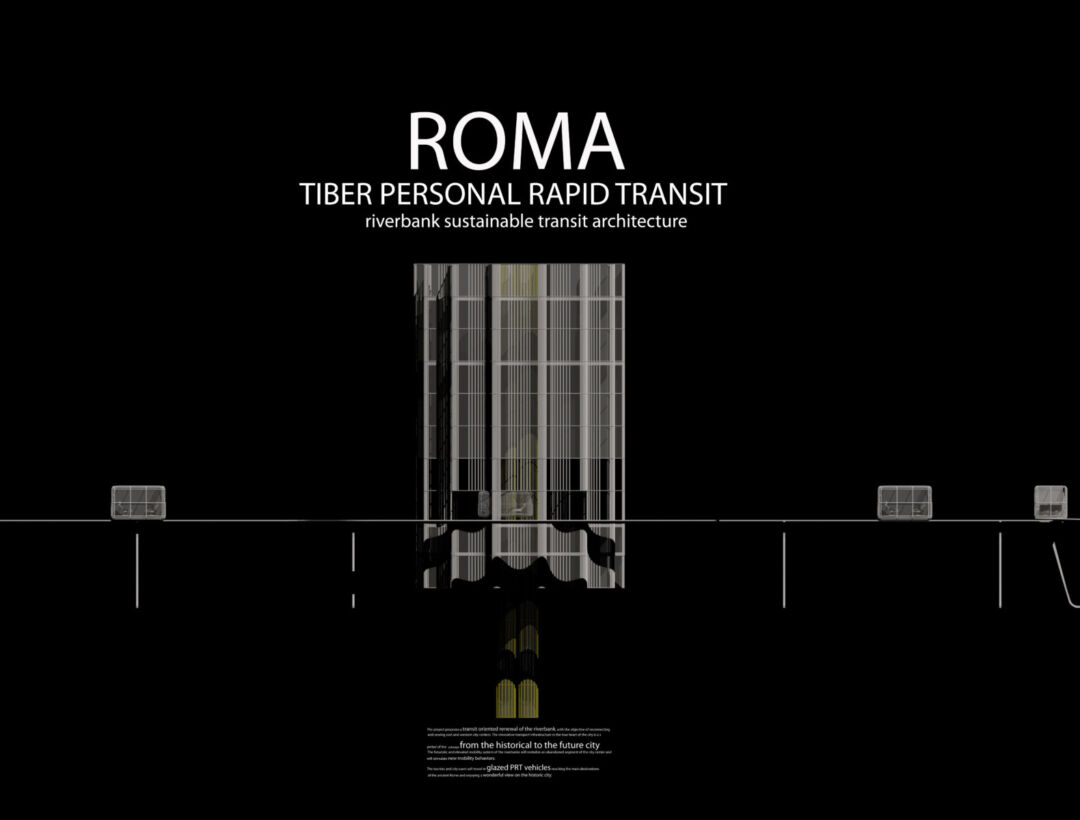
At its core, the Tiber PRT project introduces an innovative Personal Rapid Transit system that combines cutting-edge technology with sustainable practices. The elevated transit solution is designed to operate above the city streets, providing a car-free and pedestrian-friendly environment along the riverbanks. With small, automated vehicles gliding on specially-built guide ways, the system promises a unique travel experience, allowing users to enjoy panoramic views of Rome's iconic landmarks while promoting eco-friendly transportation options.
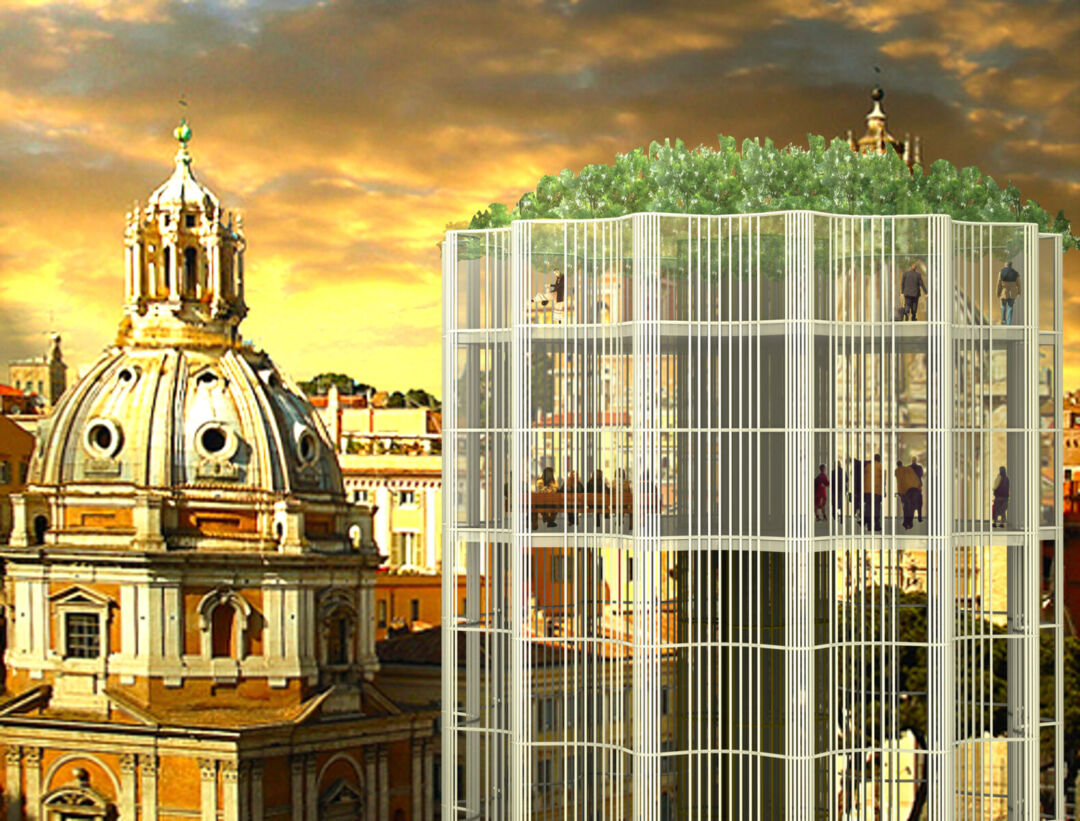
A pivotal aspect of the project is its commitment to revitalizing the currently neglected river banks. By reimagining this underutilized space, the Tiber PRT not only enhances the aesthetic appeal of the area but also reestablishes a critical connection between the east and west city centers. This transformation will encourage new mobility behaviors among residents and tourists, guiding them towards a fresh perspective on how they engage with the ancient city. The strategic location of the PRT stations near major attractions such as Circo Massimo, Isola Tiberina, and Castel Sant’Angelo ensures convenient access to Rome's rich cultural heritage.
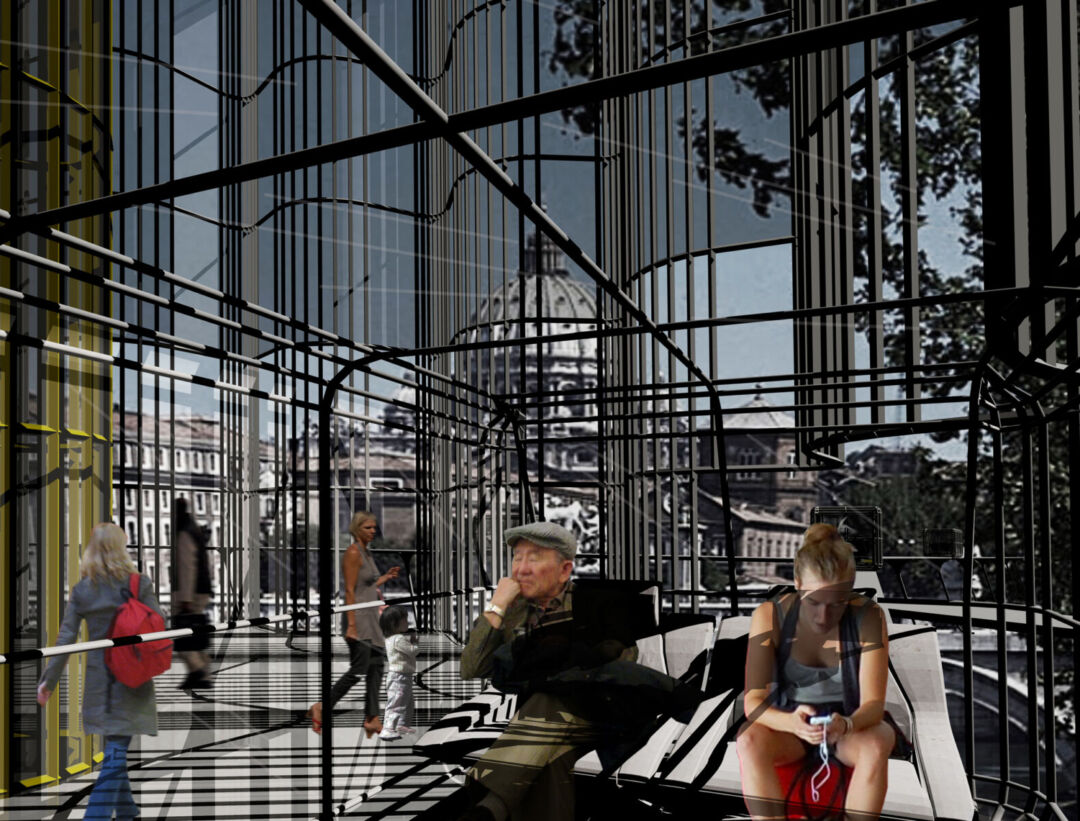
The design of the Tiber PRT infrastructure reflects a harmonious blend of functionality and modern architecture. Main stations will feature a striking column-shaped structure comprised of steel and glass, housing amenities such as restaurants and shopping areas. A green panoramic terrace atop these stations will provide visitors with breathtaking views of the river and the city. Meanwhile, PRT stops will be elegantly designed to facilitate easy access for pedestrians and cyclists, ensuring a smooth transition between different modes of transportation.
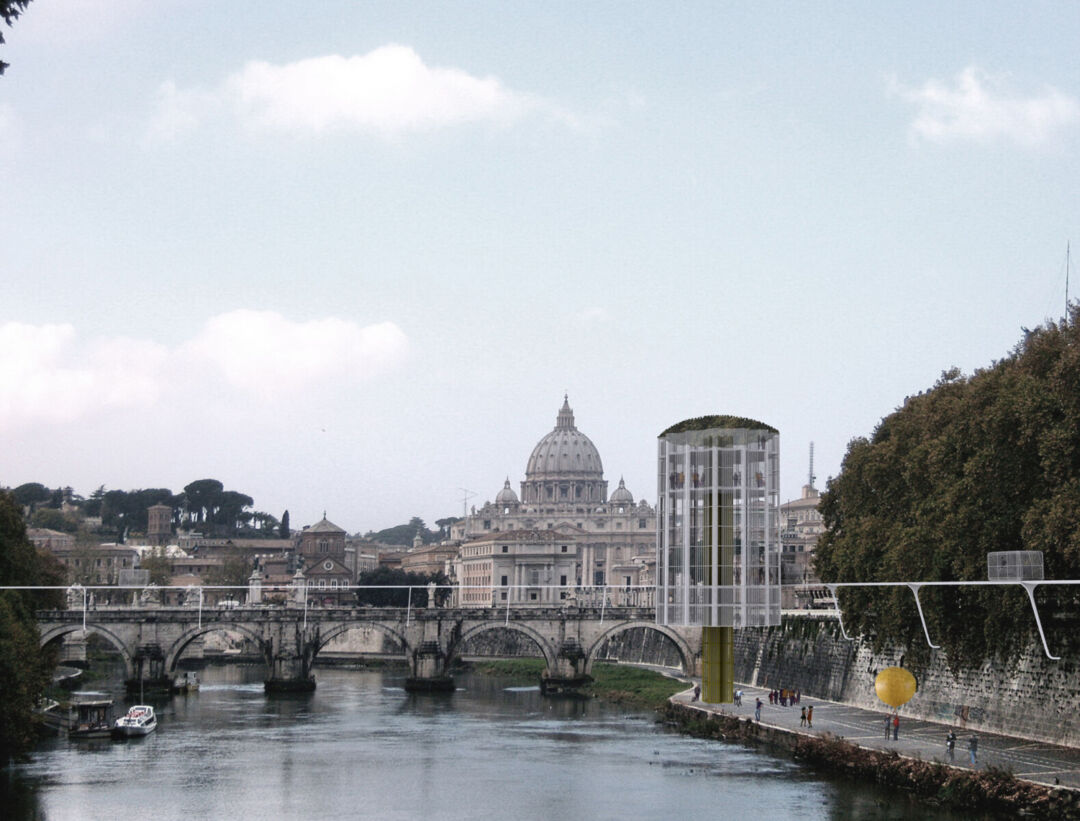
In summary, the Tiber Personal Rapid Transit project is a groundbreaking endeavor that seeks to redefine urban mobility in Rome. By prioritizing sustainable practices and enhancing public transport accessibility, this initiative not only revitalizes the riverbank but also enriches the overall urban experience. As Rome embraces this innovative transit solution, it sets a precedent for cities worldwide, demonstrating that the integration of technology and sustainability can transform the way we navigate and appreciate our historic environments.
Read also about the Innovative Interior Design in Abbey Wood, London project

